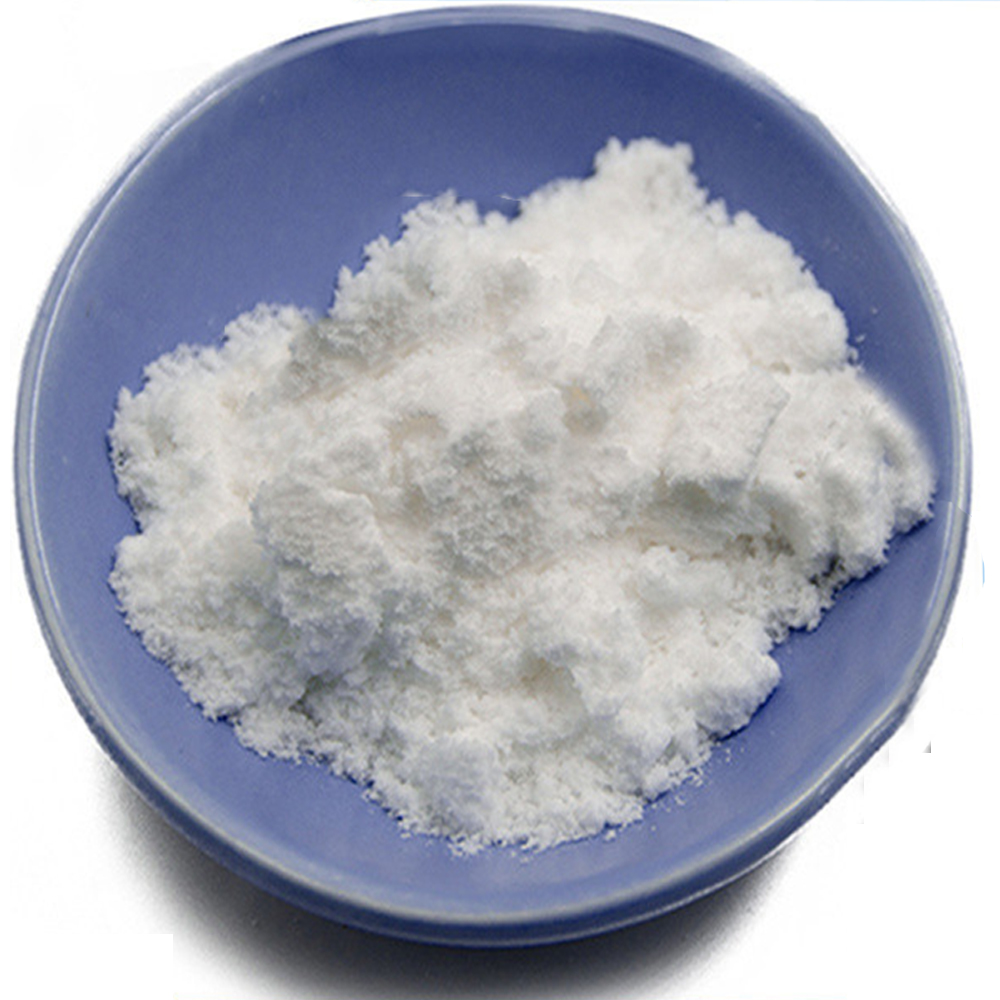



Boiler Water Chemistry
Boiler water chemistry is a critical aspect of industrial operations, particularly in steam generation systems. Proper management of boiler water can enhance efficiency, prevent corrosion, and extend the lifespan of equipment. This article explores the key components of boiler water chemistry and the best practices for maintaining optimal water quality.
The primary objective of boiler water chemistry is to control the concentration of various dissolved chemicals, particularly salts and minerals, which can lead to scaling and corrosion if not managed correctly. Key parameters include pH, conductivity, dissolved oxygen, and the presence of hardness ions such as calcium and magnesium.
.
Conductivity is another crucial measurement in boiler water chemistry. It indicates the total dissolved solids (TDS) in the water, which can significantly impact boiler performance. High conductivity levels can lead to carryover—where water droplets containing impurities are transported into the steam, potentially damaging downstream equipment. Regular monitoring and treatment of boiler feed water are necessary to maintain appropriate conductivity levels.
boiler water chemistry pdf

Dissolved oxygen is a major contributor to corrosion within boiler systems. Oxygen enters the system through leaks and inadequate feed water treatment. To combat this issue, boiler operators often employ oxygen scavengers, such as sodium sulfite, which react with and neutralize dissolved oxygen, thereby reducing the risk of corrosion. Maintaining low dissolved oxygen levels is a vital part of boiler water management.
Hardness ions in boiler water, particularly calcium and magnesium, can lead to the formation of scale on heat transfer surfaces. Scale acts as an insulating layer, reducing thermal efficiency and potentially leading to overheating and equipment failure. To manage hardness levels, water softening techniques, such as ion exchange, are often employed. Additionally, chemical additives like phosphates can be utilized to inhibit scale formation by keeping hardness ions in solution.
Effective treatment regimes for boiler water often involve the use of monitoring and control systems to continuously assess water quality. Automated systems can adjust chemical dosing and make real-time changes to maintain balance in the water chemistry. Regular sampling and laboratory analysis also play a crucial role in ensuring that water quality parameters remain within acceptable limits.
In conclusion, understanding and managing boiler water chemistry is vital for the efficiency and reliability of steam generation systems. By controlling critical parameters such as pH, conductivity, dissolved oxygen, and hardness, operators can minimize corrosion, prevent scaling, and ensure safe operation. Implementing robust water treatment practices and consistent monitoring will ultimately lead to enhanced performance and longevity of boiler systems, contributing to lower operational costs and increased sustainability.
-
Why Sodium Persulfate Is Everywhere NowNewsJul.07,2025
-
Why Polyacrylamide Is in High DemandNewsJul.07,2025
-
Understanding Paint Chemicals and Their ApplicationsNewsJul.07,2025
-
Smart Use Of Mining ChemicalsNewsJul.07,2025
-
Practical Uses of Potassium MonopersulfateNewsJul.07,2025
-
Agrochemicals In Real FarmingNewsJul.07,2025
-
Sodium Chlorite Hot UsesNewsJul.01,2025










